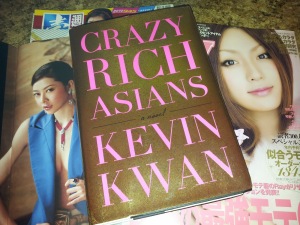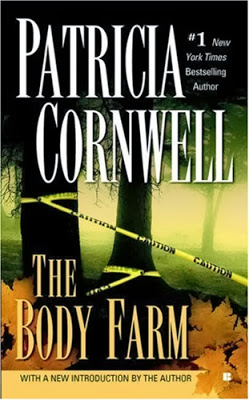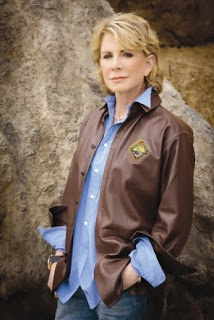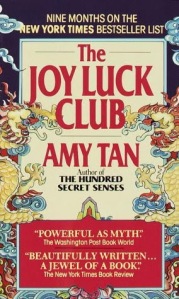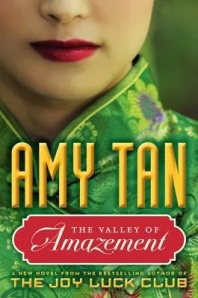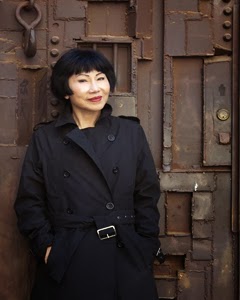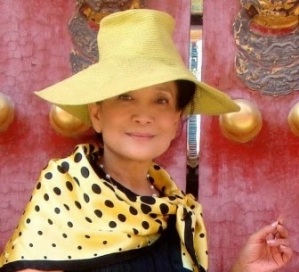Once upon a time I threw all my money away buying music. I stayed in Best Buy buying whatever just came out--didn’t matter if they were new artist or not. Actually, debut albums were probably my favorite thing to waste money on. I could burn a whole $10 just to repeat one song, or that one single off an album. I suppose you can say that I was hungry for something to relate too back then. Then one day I grew up and saw that there were only a handful of artists left that I would buy from again without question. That would have to be enough; sticking with what I knew. Lady Gaga turned out to be one of them after I bumped around my old campus to her debut, The Fame. Having marked itself as a keynote to a happy time, I turn to that album during those nostalgic needs to remind myself that I in fact did experience pieces of the college experience; stood on bar chairs at underwear modeling parties (myself fully dressed I might add); and spent late nights in the city park with friends and bags of Krystal's. Many of those youthful occasions were achieved while the ringtone to my cell phone was “Poker Face”.
Now, I’m not one of those super, uber fans. I don’t consider myself a “Little Monster”, per what Gaga addresses her fan base as. And that's partly because I'm not good with up keeping labels that require up keeping. My walls aren’t coated with Gaga posters, and my coffee table isn't decorated with art books dedicated to her style and fashion (though I do pay some small attention when gossip stirs on her attire). Nevertheless, I’ve always loved and admired her panache, or reckless audacity. I say that despite all the questionable labels and criticisms she receives. As well as all of that other junk that spills onto her audience like a wobbling chalice after a heavy-handed pouring of the liquor. There is just something so releasing about her, plus she writes some catchy-ass pop songs over some driving beats. And people may contest this, but I do see her as an artist. From my view she is most certainly attuned to her personal vision and creativity, even under taking risks. Also, she comes across as musically intelligent, if even in her own right. Other than that, I can hear her voice in her music, unlike a certain popstar who I finally gave up on because I’d rather hear an animatron howl than her squeak over a beat.
I think that’s why I like Lady Gaga. She gets her share of comparisons, but for the most part she showcases that seemingly unleash of her own personal creativity. And might I add with a nod to those who've inspired elements of it. Along with that, I like the sort of devil may care attitude her music sometimes emanates. That lack of inhibition to indulge in your own desires or ingenious (or what have you) force.
It's fair for people to pan her latest album, Artpop. I’m not the type to go on a defensive rampage, considering I let people do/believe what they choose in general. As for me I love the album. No, it’s not all great. On the surface I could do without maybe 4 out of 15 tracks. And yes, upon my first listen all I understood was sex, fame, and drug-use. Then left to internalize the music for myself, I saw something different. I saw Gaga maybe trying to write her way out of something. So I began to spoil myself by slipping into that catatonic state of Gaga "unleashing" to see what I could find.
While the message behind Artpop is probably a little more complex than I can address here (more as Gaga tackles fame and artistry), what reached me was the vulnerability that I found in many of the songs like "Aura," "Dope," "Swine," and "Gypsy". From those few I got a sense that the way you’ll be where you wish to be is to sacrifice pieces of who you are, and then close off or separate the rest of yourself while you still can. Leading to the question as to who lies “behind the aura”?
Then at the end of the day I can always rely on Gaga to push being yourself instead of always being understood.
Many times, that's good enough for me. So I keep listening.













